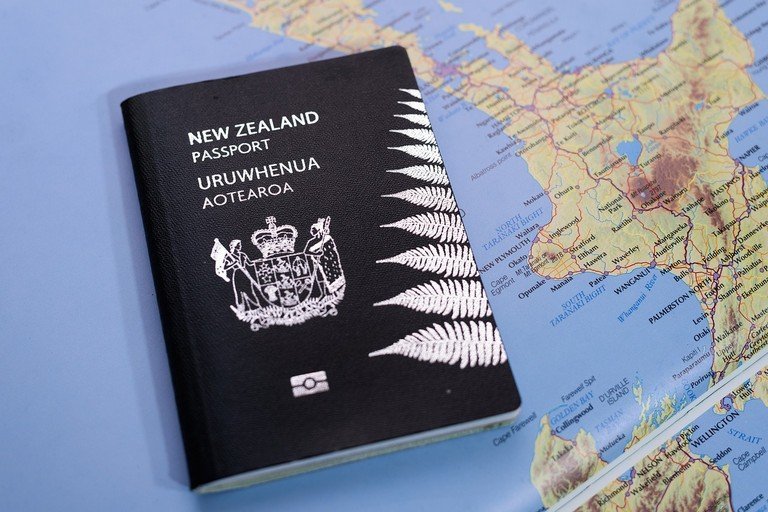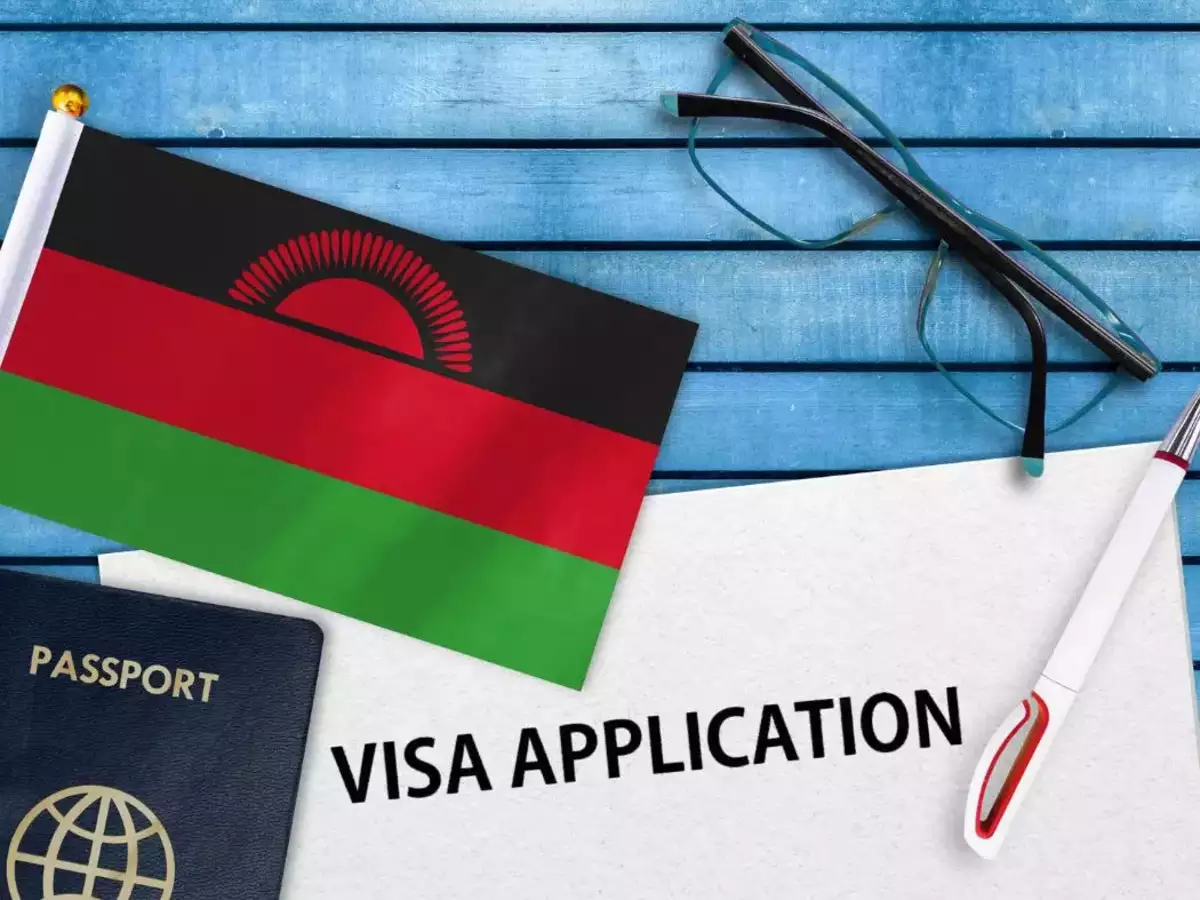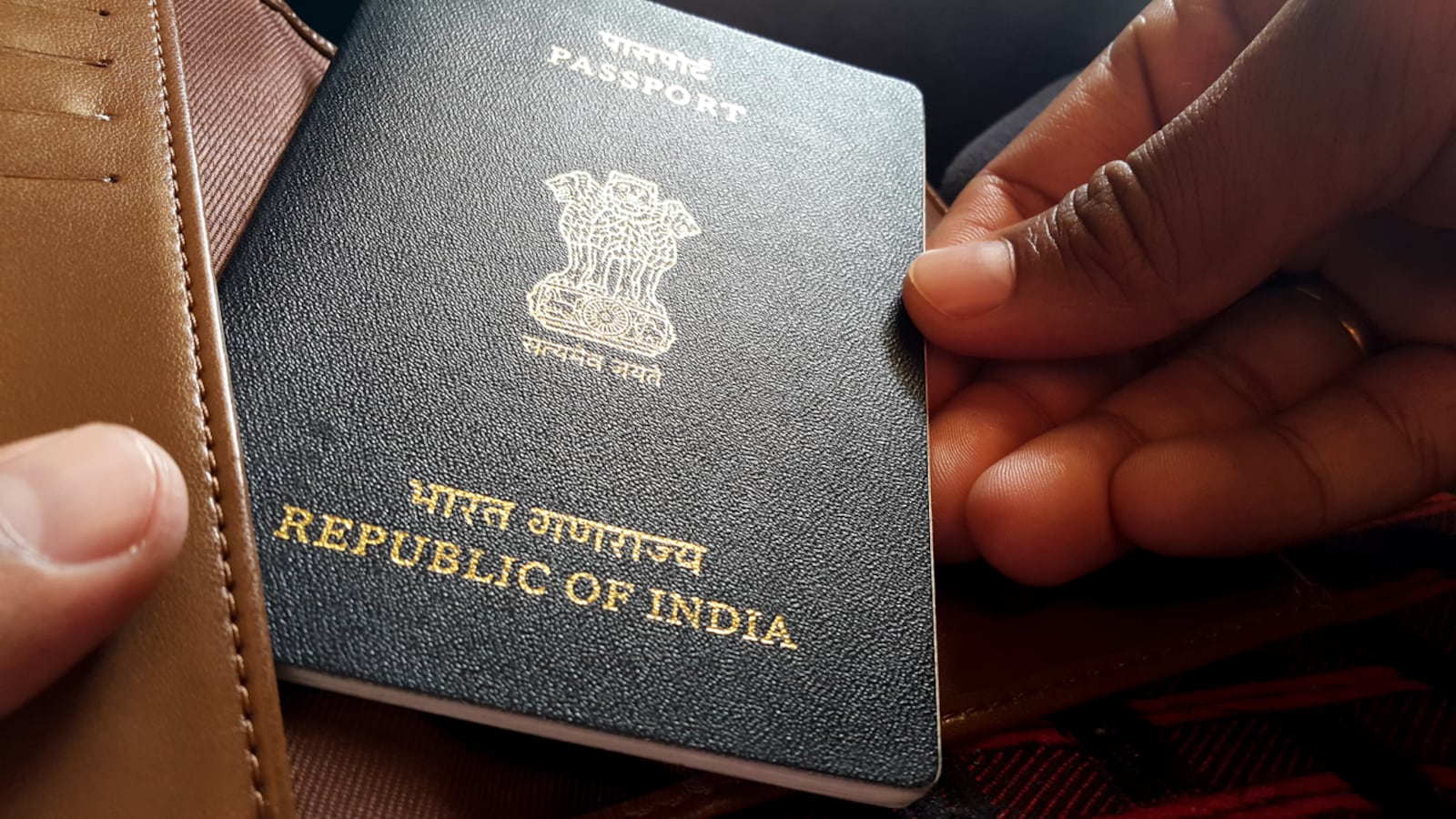Are you planning a visit to India? Whether it’s for business, leisure, or education purposes, understanding the different types of Indian visas can be overwhelming. With so many options and requirements to consider, it’s easy to get confused and frustrated. Fear not! We have put together a comprehensive guide that will help you navigate through the various visa categories available for your trip to India. From tourist visas and business visas to medical and student visas—this blog post has got you covered! So sit back, relax, and let us guide you through everything you need to know about obtaining an Indian visa. TYPES OF INDIAN VISA
Business Visa
There are various types of visas that a foreign national can obtain while in India. A business visa is typically the most beneficial type of visa for foreigners wishing to invest in or operate businesses in India. This type of visa allows foreigners to stay in India for up to five years and establish their business in the country. Additionally, this visa also allows foreigners to employ Indian nationals and conduct research and development activities in India.
A working visa is typically granted to foreigners who are looking for short-term employment opportunities in India. This type of visa lasts for up to six months and allows foreign nationals to work in a limited number of industries, such as tourism or hospitality. Lastly, a student visa is typically granted to students who wish to study full-time in an Indian institution of higher education. This type of visa lasts for one year and allows students to enrol in any Indian institution of higher education.
Tourist Visa
If you are planning to visit India for tourism purposes, then you may need a tourist visa. The three types of visas that you may need are: INDIAN VISA TYPES
1. Transit Visa: This is the most common visa and is used for tourists who are travelling through India and not staying in the country for more than six months. You will need to show your passport and ticket when you apply for this visa.
2. Tourist Visa: This is the most common type of visa and is valid for up to six months. You will need to provide evidence that you have funds available to spent during your stay in India and also proof that you will not be staying in the same place more than 60 days in a 180 day period.
3. Business Visa: If you are travelling to India to do business, then you will need this type of visa. You will need to provide evidence that you have funds available to invest in the country and also proof that your stay in India is not temporary.
Student Visa
There are many different types of Indian visa, each with its own set of requirements and benefits. This comprehensive guide will help you understand the differences between the various types of visas and choose the one that is best suited for your needs.
The most common type of Indian visa is the tourist visa. These visas are valid for a period of stay of up to six months and are designed for visitors who are traveling to India solely for tourism purposes. To qualify for a tourist visa, you must provide your passport information, a copy of your ticket, and proof that you have funds available to cover your costs while in India.
Another type of Indian visa is the business visa. These visas are typically issued to foreign nationals who wish to conduct business activities in India. To qualify for a business visa, you must provide documentation proving that you have legitimate reasons for entering India and that you will not be using the country as a cover to engage in illegal activity.
The next type of Indian visa is the student visa. These visas are typically issued to students who wish to study in India for an extended period of time. To qualify for a student visa, you must provide documentation proving that you will be attending an approved school in India and that you have enough money available to cover your expenses while in India.
Finally, there is the medical amnesty Visa category which grants immunity from prosecution if individuals traveling on this type of visa comply with all laws and regulations governing entry into India. This includes providing
Working Holiday Visa
If you are thinking about travelling to India for a holiday, or even working there, then you will need to consider the different types of Indian visas available. This guide covers all the different types of visas and their requirements.
The most common type of visa for tourists visiting India is the tourist visa. This allows you to stay in India for up to six months and visit any number of tourist destinations within the country. To get a tourist visa, you will need to provide proof of your travel plans and sufficient funds to cover your expenses while in India.
If you are looking to work in India, then you will need either a work visa or an employment-based visa. A work visa allows you to work in any number of occupations that are not considered sensitive or hazardous. To get a work visa, you will need to provide documentation proving that you have the necessary skills and experience for the job that you are applying for. Employment-based visas are more specific, and only allow you to work in specified jobs within certain companies. Both types of visas require sponsorship from an employer in India.
If you are not eligible for a tourism or work visa, then your best option is an student visa. A student visa allows you to study in India for up to one year without having to worry about getting a job. To get a student visa, you will need proof of your education and financial support from a sponsor in India.





























